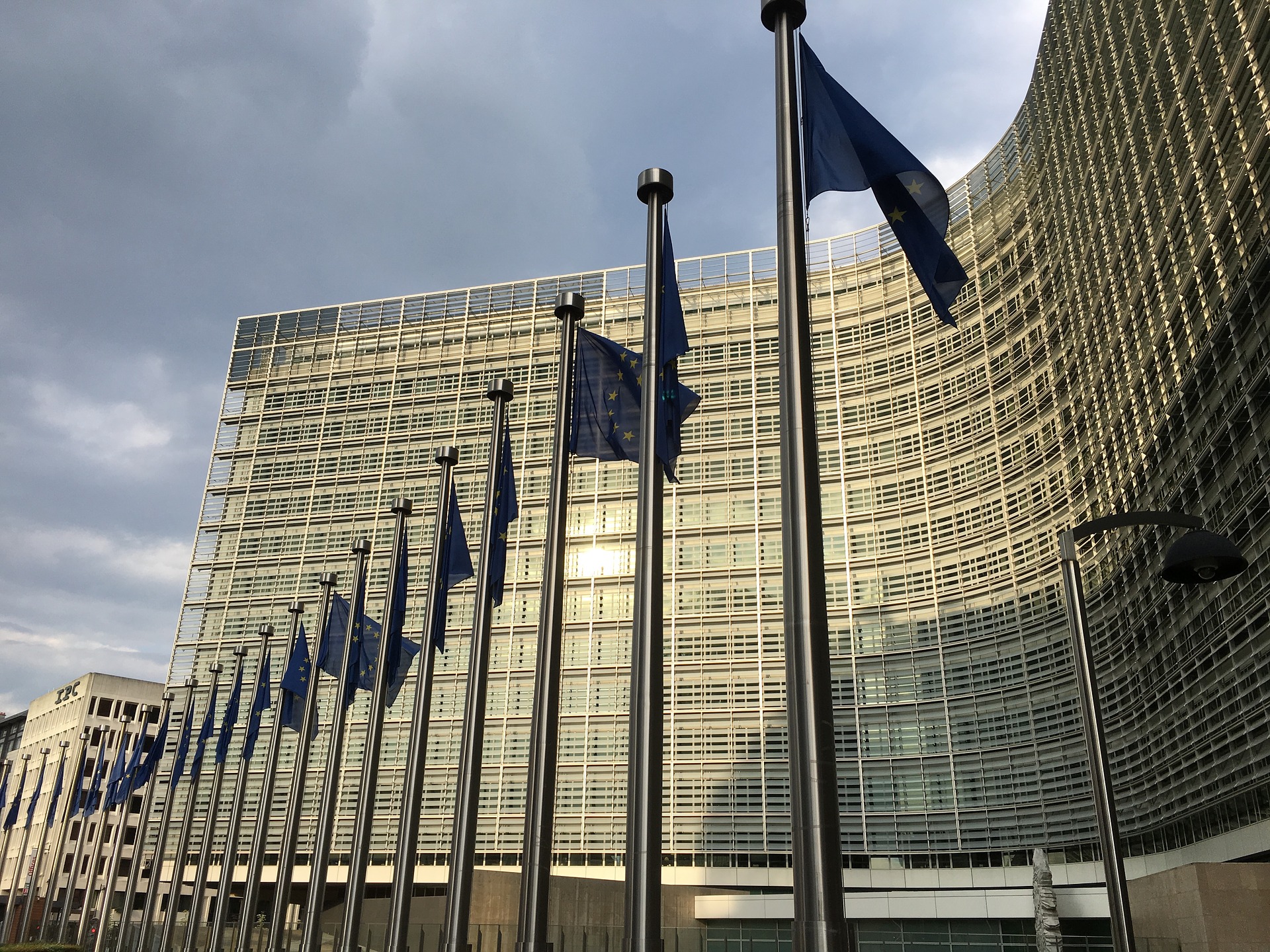
The European Commission on Thursday revised upwards the figures for Croatia's GDP growth in 2021 to 8.1 percent, or 2.7 percentage points up from the previous forecast of 5.4 percent, in its Autumn 2021 Economic Forecast.
According to the EC projections, Ireland's economy is set to see the largest year-on-year growth in 2021, of 14.6 percent, followed by Estonia (9.0 percent), and Croatia (8.1 percent). The summer forecast had previously put Croatia's GDP growth at 5.4 percent.
In 2022, Croatia's GDP is now projected to grow by 5.6 percent, before slowing down to 3.4 percent in 2023. Croatian government had also recently updated its 2021 forecast, to 9.0 percent. In 2022, Malta and Croatia are likely to have the highest growth rates in the European Union, at 6.2 percent and 5.6 percent respectively.
"The recovery of Croatia’s economy continued in 2021, mostly supported by strong private spending and a better-than-expected performance of the tourism sector. Favorable economic developments spilled over to the labor market, which experienced strong employment dynamics," the report said.
"Domestic demand should be the main engine of growth throughout the forecast period. Household spending growth is expected to remain robust, supported by favorable labor market developments, high accumulated savings, and growth in consumer loans... Government spending should also remain supportive of the expansion, although its contribution to growth is expected to decline. Investment is expected to accelerate, supported by the Recovery and Resilience Facility (RRF), the previous and current Multi-annual Financial Frameworks and the Solidarity fund disbursements to support post-earthquake reconstruction. In particular, the RRF total absorption in the period 2020-23 is expected to stand at 5.2 percent of the 2019 GDP," the report said.
"With time, these funds are likely to crowd-in additional private investments, which should also continue to be supported by favorable financing conditions. Moreover, the reforms set to be implemented under the Recovery and Resilience Plan (RRP) are bound to sustain business confidence... As for the external sector, goods exports should rise in line with the improving economic conditions in Croatia’s main trading partners," the report added.
The current account balance should record mild surpluses.
"Key downside risks stem from Croatia’s relatively low vaccination rates, which could lead to stricter containment measures, and continued delays of the earthquake-related reconstruction... On the upside, potential entry into the Schengen area and euro adoption towards the end of the forecast period could benefit investment and trade," the report said.
Inflation is expected to accelerate, reaching 2.2 percent in 2021, followed by a gradual stabilization. Key factors behind this surge in prices are rising energy and food prices, triggered by global and Europe-specific factors.
In 2021, the general government deficit is set to narrow to 4.1 percent of GDP, from 7.4 percent in 2020, thanks largely to the strong economic recovery and the gradual phasing out of support measures. Value added tax revenues are forecast to record strong growth amidst rising household and tourist consumption. Overall revenues are expected to continue increasing consistently with nominal GDP in 2022 and 2023.
The government deficit is expected to be slightly below 3 percent of GDP in 2022, and narrow to a ratio marginally above 2 percent in 2023. After increasing by more than 16 pps in 2020, the public debt-to-GDP ratio is set to decrease from 87.3 percent of GDP in 2020 to 77.9 percent in 2023. After reaching 7.5 percent in 2020, the unemployment rate is expected to gradually decline throughout the forecasting period. Employment is expected to reach its pre-crisis level in 2021.
Kakvo je tvoje mišljenje o ovome?
Pridruži se raspravi ili pročitaj komentare



 Srbija
Srbija
 Bosna i Hercegovina
Bosna i Hercegovina
 Slovenija
Slovenija







